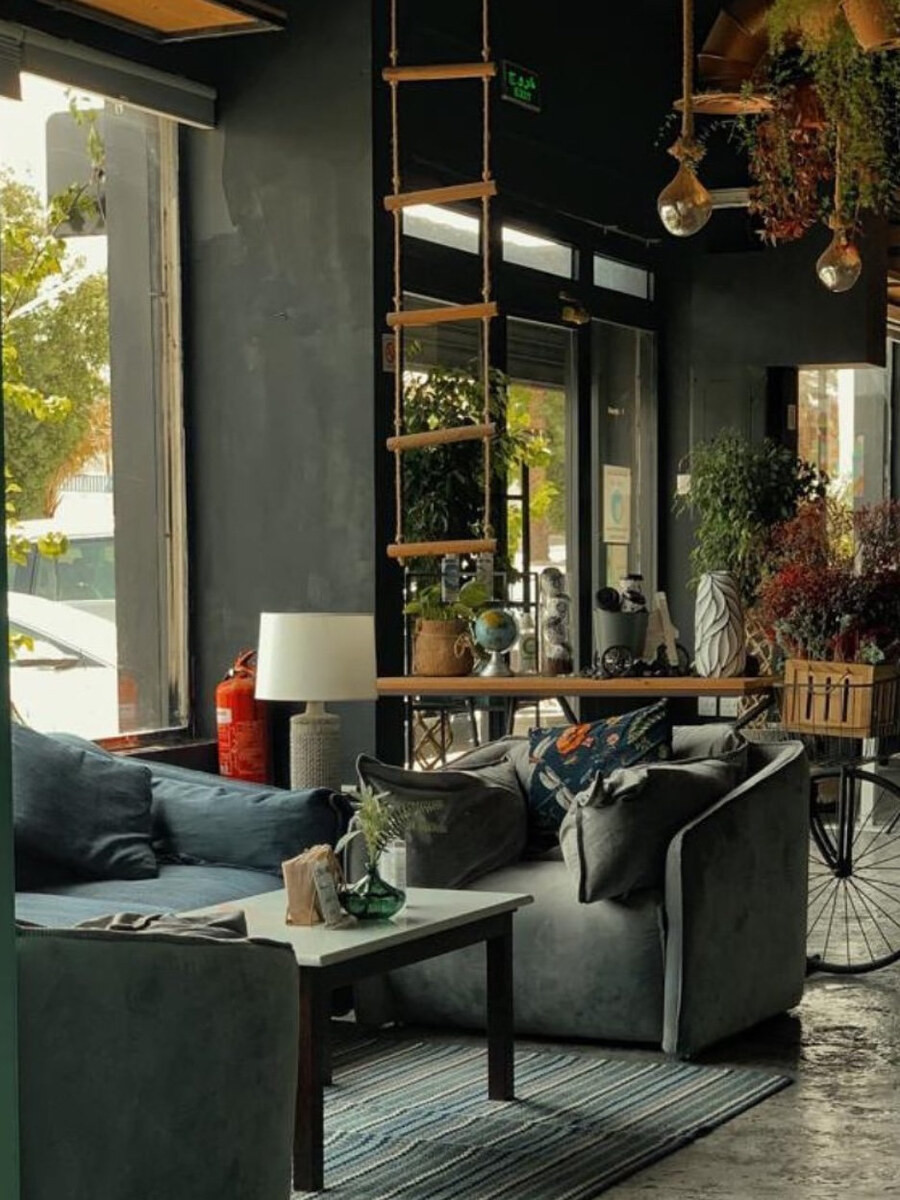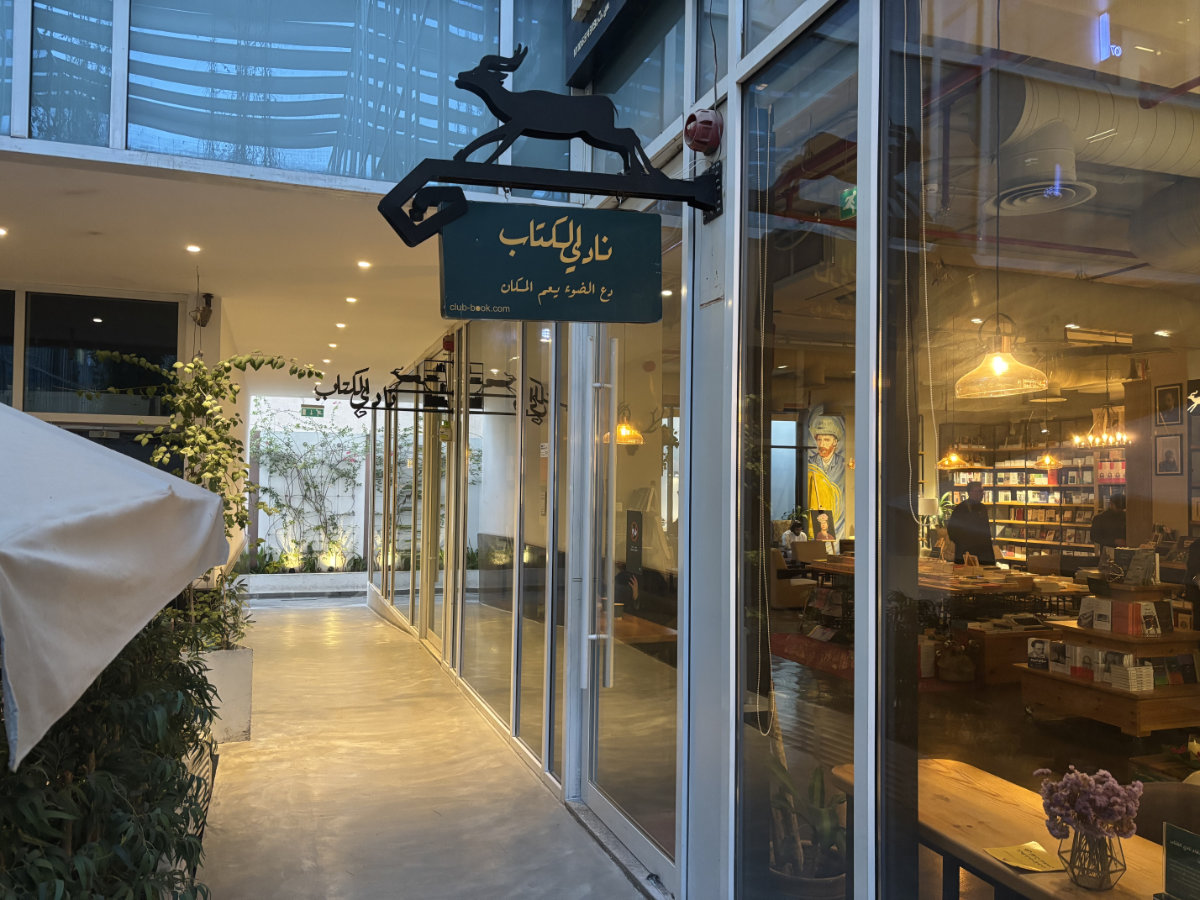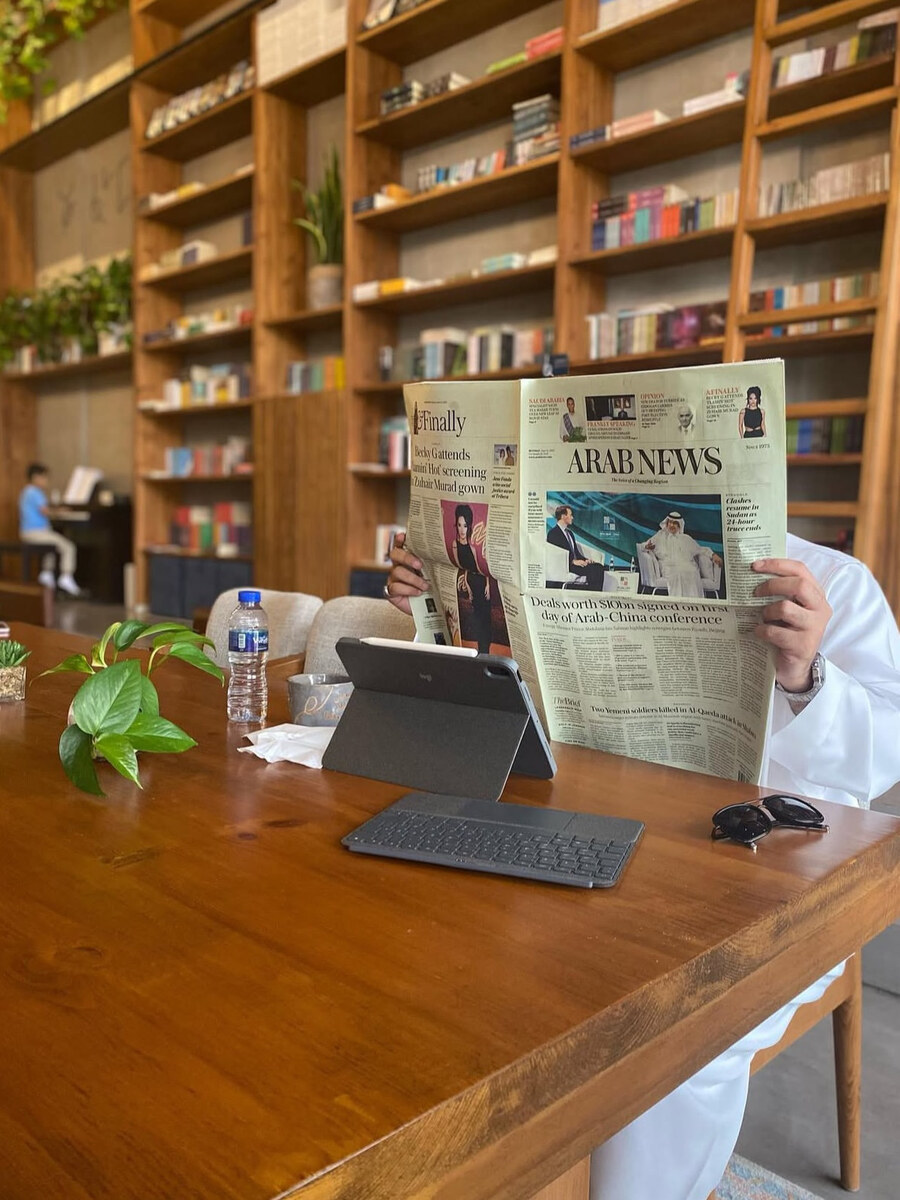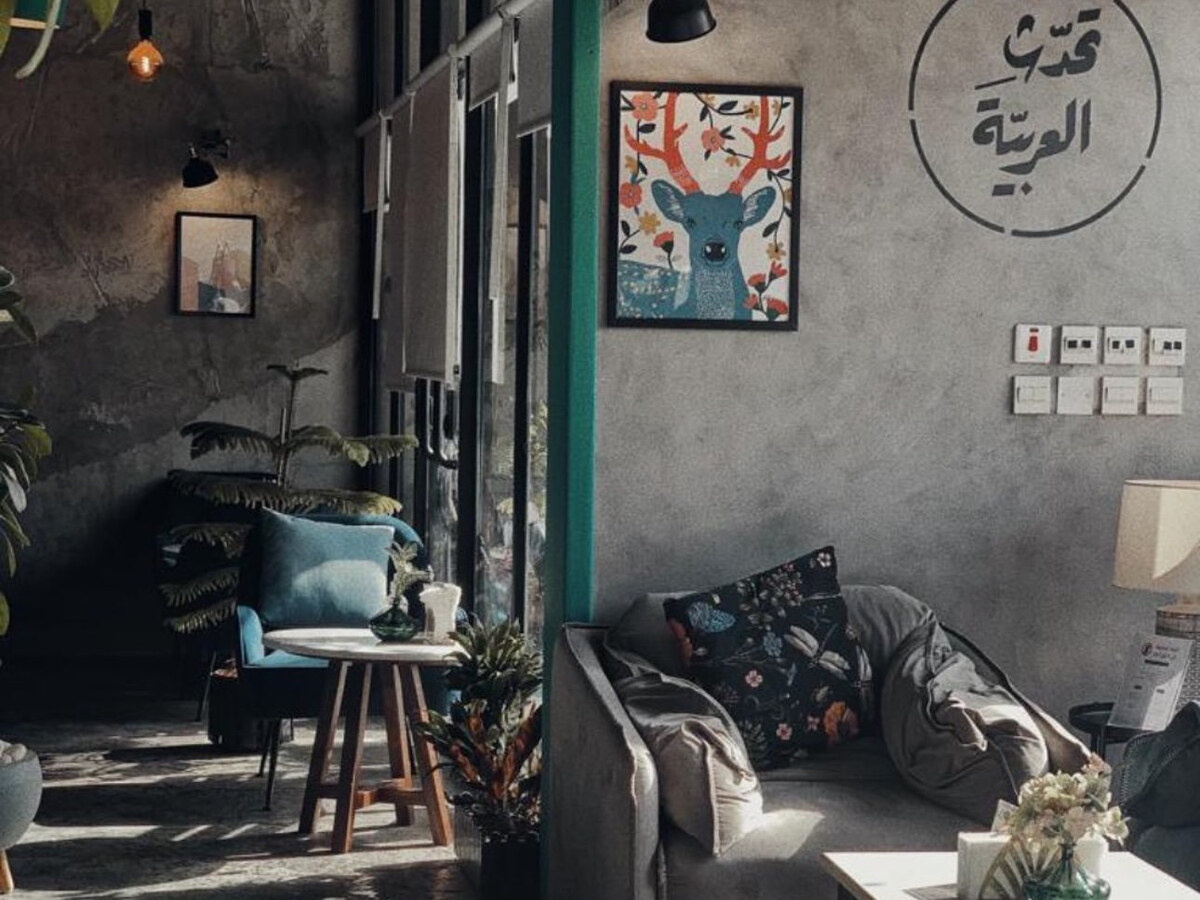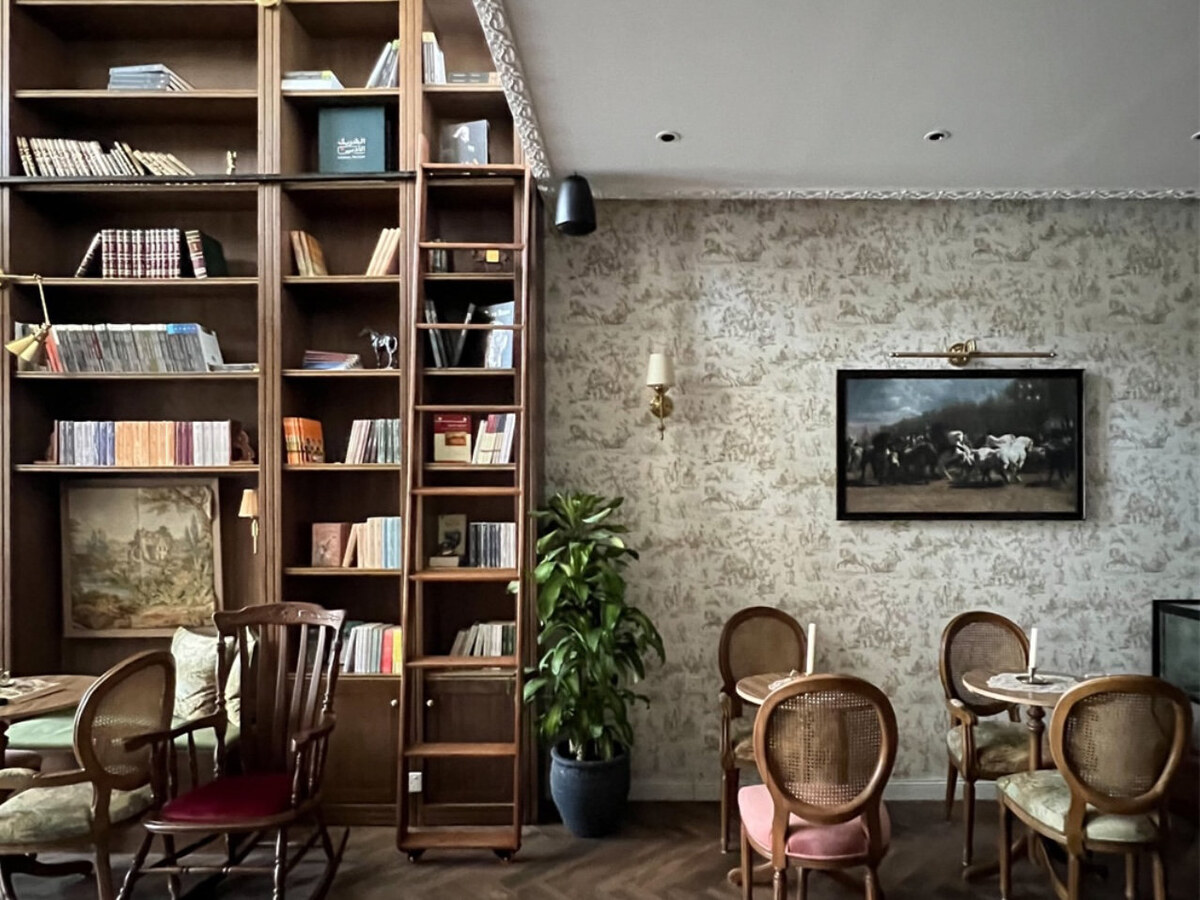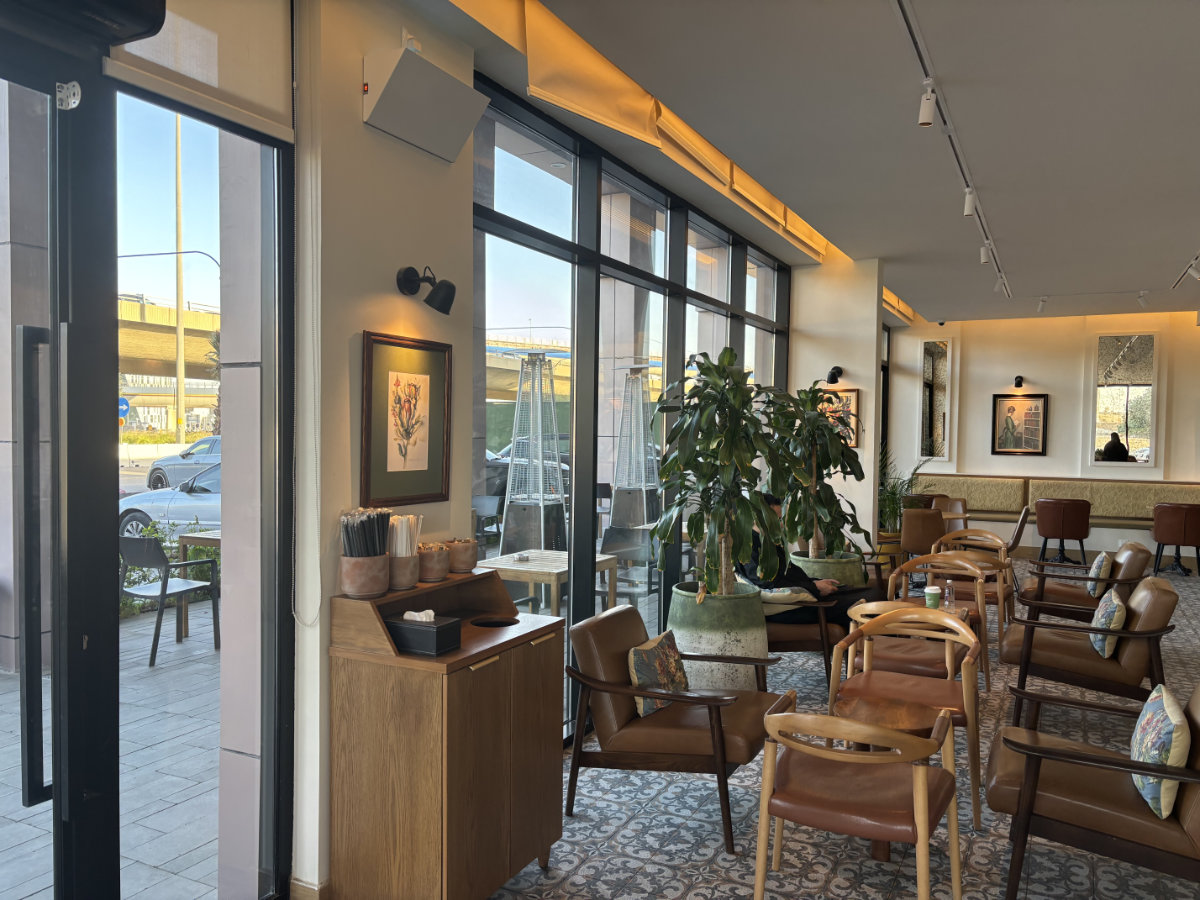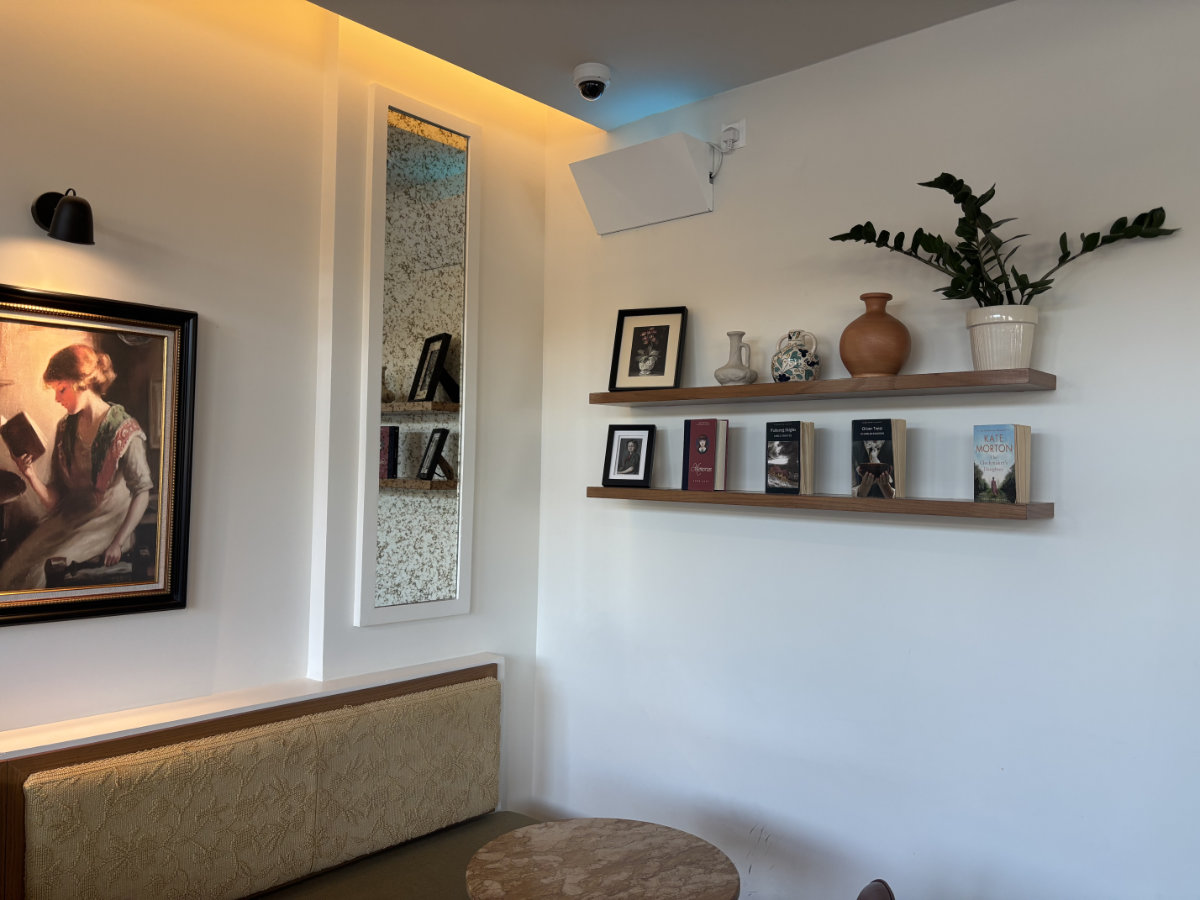LONDON: Aman, a name whispered in the circles of the rich and famous, is one of the world’s most exclusive hotel groups, renowned for its near telepathic service and ultra-luxurious properties tucked in some of the globe’s most stunning locations.
The brand has drawn legions of celebrity fans paying thousands of dollars a night just to experience its hospitality, from Kim Kardashian to Kylie Jenner, Justin Bieber to Ivanka Trump, Ariana Grande to Brad Pitt.
After a visit to the company’s legendarily discreet resort hidden down a nondescript road in the Utah desert, Kanye West, in a burst of Twitter enthusiasm, even declared the need to “Amangiri the world.”
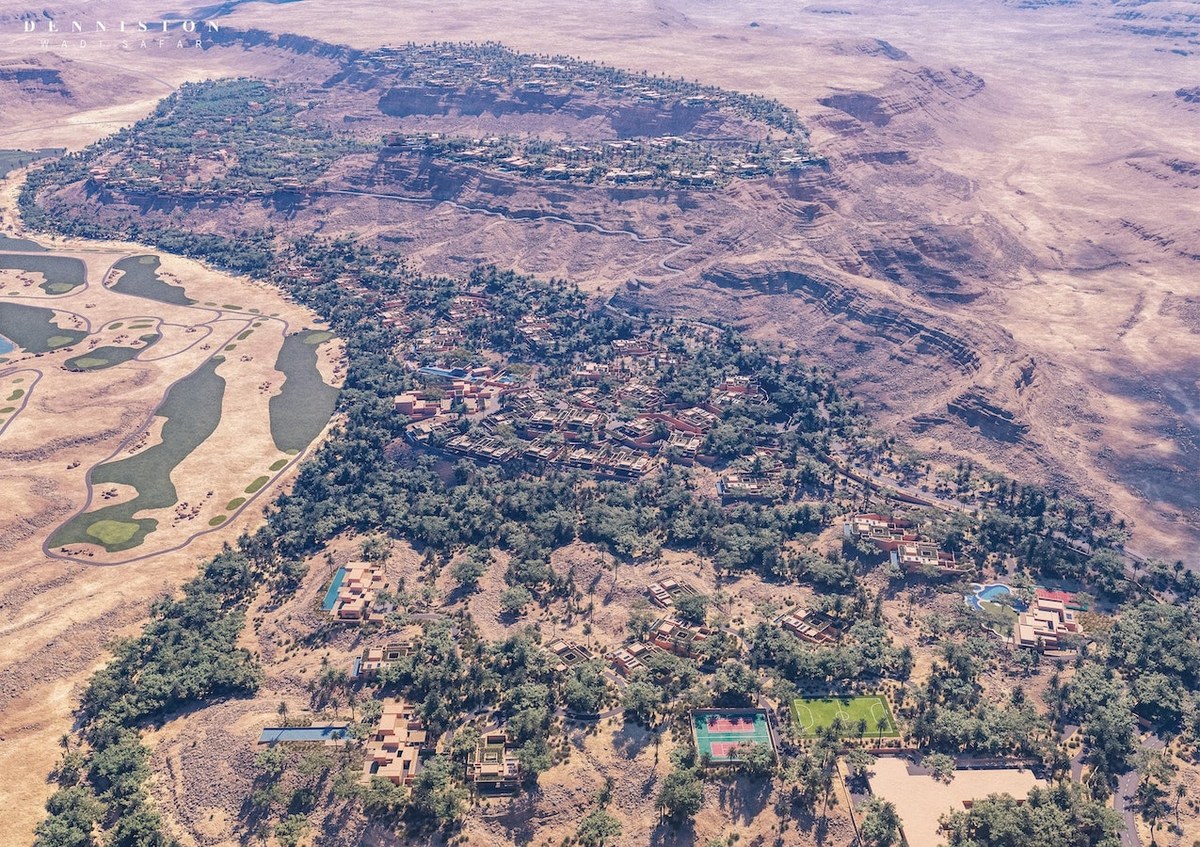
Aman is one of the world’s most exclusive hotel groups. (Supplied)
Now, adding to its portfolio of 15th century forts, frescoed Venetian palazzos, jungle hideaways, unspoilt islands and clifftop resorts, the brand is launching in Saudi Arabia – marking a major moment in the transformation of the Kingdom’s luxury hospitality landscape.
Saudi Arabia’s sprawling deserts, cities, and coastlines will soon play host to five Aman hotels, including two under its recently launched wellness brand Janu.
Aman’s mastery lies in its uncanny ability to blend into the most breathtaking landscapes on earth, from the mystical peaks of Bhutan to the serene shores of the Philippines – each property an ode to the surrounding environment.
Its launch in Saudi Arabia – the brand’s maiden venture into the Gulf region – is about more than merely expanding the empire.
For CEO Vladislav Doronin, it marks a return to a land that deeply moved him – a journey back to a country that captured his heart with its rich heritage, vibrant culture and legendary diyafa, or hospitality.
Before acquiring Aman from its founder Adrian Zecha in 2014, Doronin was not just a self-proclaimed Amanjunkie — he was a regular guest at its resorts — but a connoisseur of the brand’s unique blend of luxury.
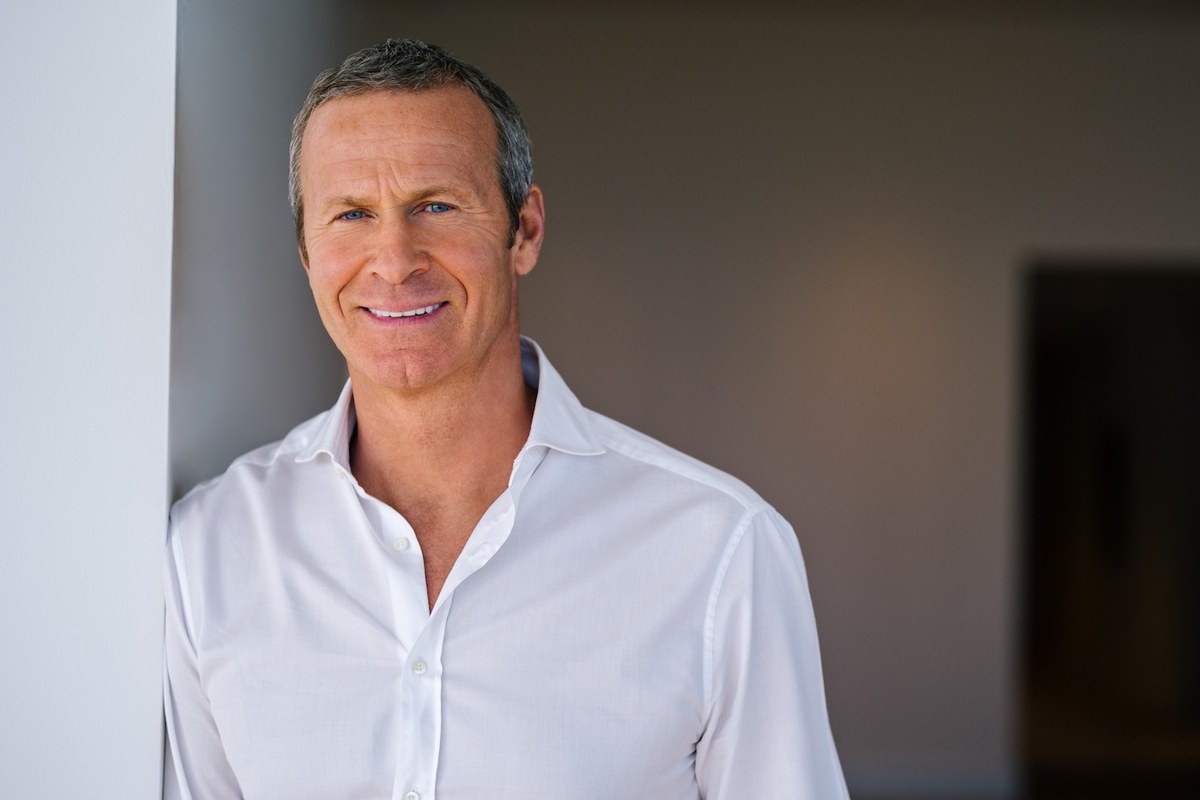
Doronin was not just a self-proclaimed Amanjunkie — he was a regular guest at its resorts — but a connoisseur of the brand’s unique blend of luxury. (Supplied)
Yet having traversed the globe and indulged in the finest experiences the world has to offer, Saudi Arabia offered something transformative for the now 61-year-old.
In a rare interview, Doronin expressed a profound sense of renewal upon his visit to the Kingdom – not just another notch on the belt of global experiences, but a journey that rekindled a sense of wonder and discovery in a life already filled with extraordinary chapters.
He told Arab News: “I have travelled extensively all my life, but arriving in Saudi Arabia several years now I was amazed by the landscape, the culture, and the heritage of the Kingdom.
“I wanted to ensure we could bring this pioneering experience to our Aman guests, who enjoy the opportunity to discover new locations and be immersed into the nature and heritage of the place.
“In Saudi Arabia, we will ultimately create journeys for our guests. Our property in Riyadh celebrates the capital’s urban culture, while our project alongside the UNESCO Heritage Site of Hegra and our tented camp in AlUla offer a deeper exploration of the Kingdom.”
Aman’s Wadi Safar has already begun to take shape amid the enchanting desert landscapes and lush orchards that crown the hills and mountains around Riyadh.
The sprawling resort will feature 78 meticulously designed rooms, a collection of bespoke villas, and four exclusive farms, all spread over an expansive area of nearly two million square metres.
The property will play host to more than 120 structures, including elegantly appointed lodges, a state-of-the-art clubhouse, signature restaurants, several swimming pools and a spa house coupled with comprehensive wellness facilities.
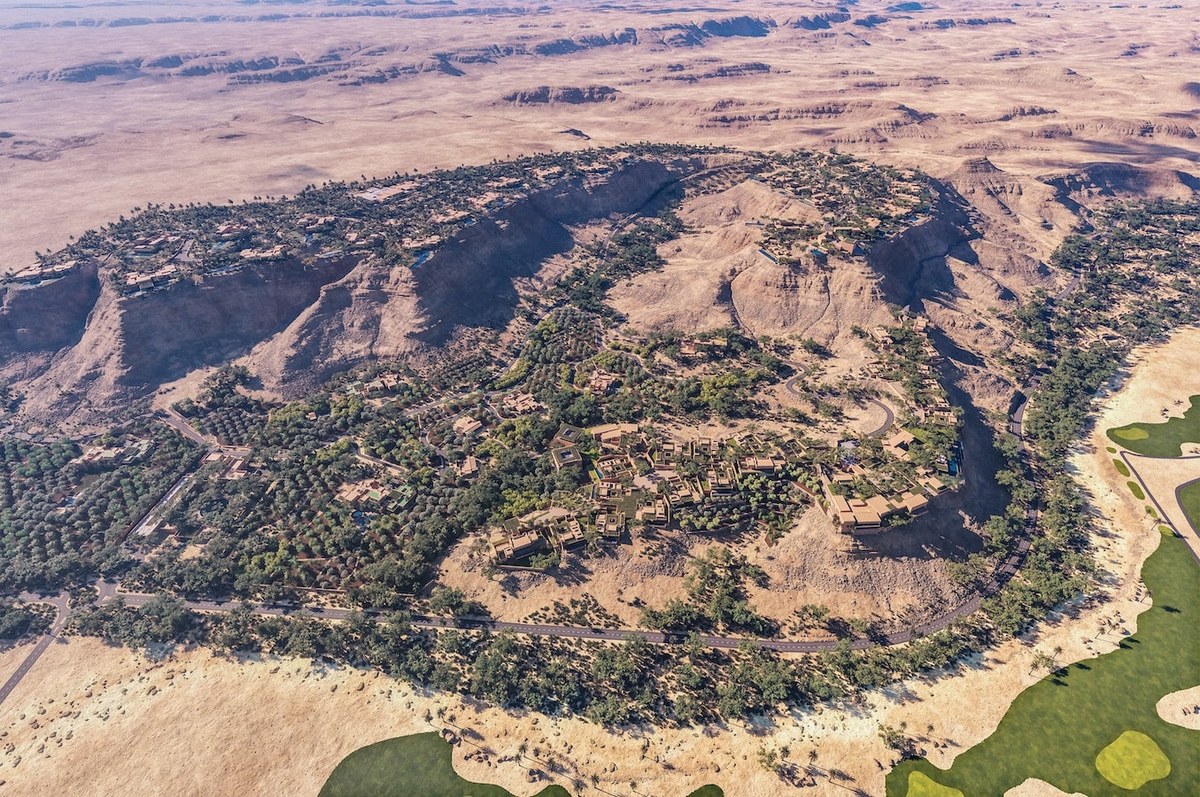
The brand has drawn legions of celebrity fans paying thousands of dollars a night just to experience its hospitality, from Kim Kardashian to Kylie Jenner, Justin Bieber to Ivanka Trump, Ariana Grande to Brad Pitt. (Supplied)
Anticipation is also building for the debut of Aman’s new tented camp in AlUla, the brand’s 10th property adjacent to or within a UNESCO Heritage Site.
Tucked in a verdant valley bordered by majestic sandstone mountains, it is a portal into a world steeped in ancient history, offering a unique combination of rustic elegance and historical intrigue.
Yet what truly sets Aman apart, the secret ingredient to its legendary status, lies in the bespoke service delivered by “Aman Ninjas,” as the staff are affectionately termed by repeat visitors.
Signing bills is obsolete because they recognise you instantly, understanding your preferences without a word. You can request anything, anytime, anywhere within the resort without ever mentioning your room number.
The hotels maintain a low occupancy by design, ensuring that every guest enjoys exclusivity and tranquility, whether it’s securing the best table at the restaurant or finding a secluded corner to relax.
The magic of the Aman experience is in the details. Every time you leave your room, even for a short while, the Aman Ninjas silently sweep in, tidying up, organising your belongings, even leaving behind thoughtful and bespoke gifts on your pillow.
The concept of a formal room service menu is meanwhile non-existent – the kitchens are operational round-the-clock and are ready to cater to your culinary whims, no matter the hour.
Adding to this unparalleled service is the accessibility of the general manager, who can often be seen mingling with guests, spending hours in conversation, ensuring that every aspect of their stay is nothing short of perfect.
Doronin explained that Aman maintains a staff-to-guest ratio of 6:1 to deliver its trademark service – something that’s near unheard of in the industry – and focuses on hiring locals who bring deep knowledge and genuine hospitality.
He said: “Our service approach is hyper-personalized and based on each individual guest. Our teams are trained to understand each client as an individual and learn to predict their needs before they have even realized themselves.
“This unparalleled service, which is tailored to each guest, will remain our standard in Saudi Arabia and we believe the warmth that our teams bring, hosting each guest as if in the home of a good friend, will translate in this market also.”
According to Doronin, the company envisions that its hotels will attract not only local visitors, but also international clients who “love to experience other cultures.”
After all, booking into an Aman is more than a decision about where to stay – it’s a choice about how to experience the world.
It’s an invitation to a journey of tranquillity, a chance to connect with the essence of some of the world’s most extraordinary places, and a promise of experiences so personal and profound that they linger long after the journey has ended.
Doronin concluded: “We bring unique DNA to each one of our locations, from the dynamic centre of New York City to the remote destination of Bhutan, and now to Saudi Arabia.
“Our clients are hooked by this irresistible combination which no other brand delivers for them, and so they choose to stay with us time and again.
“Now that the Kingdom is more open, very welcoming to visitors and encouraging tourism, we are confident that our guests will thoroughly enjoy discovering all that this amazing country has to offer.”


















